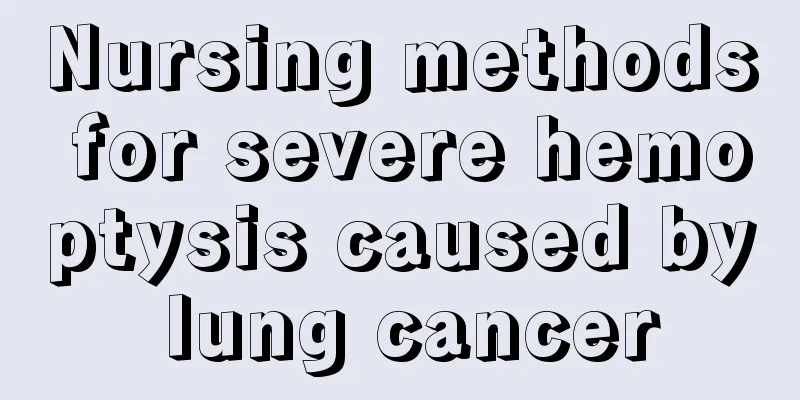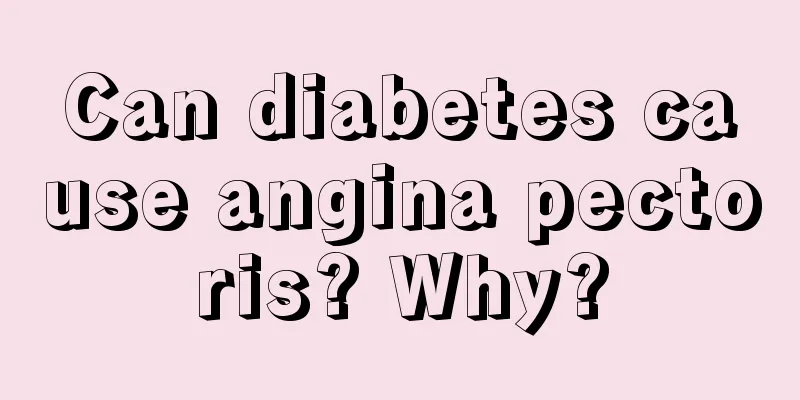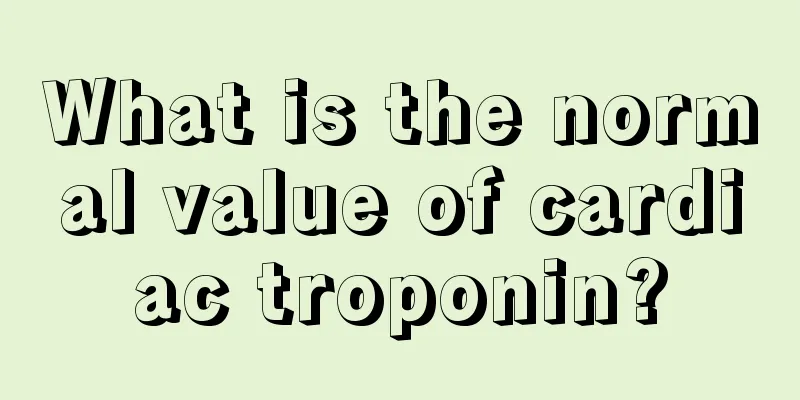What are the hazards of glioma

|
Glioma is familiar to everyone. It is common in young male friends. Relevant epidemiology shows that the incidence of glioma is increasing year by year. Oncology experts suggest that glioma should be detected and treated early to prevent serious complications. So, what are the hazards of glioma? 1. The tumor damages the surrounding tissues, infiltrating and destroying them, and causing corresponding focal symptoms. That is, wherever the tumor grows, it will damage that area. If it grows to the frontal lobe, it will affect memory, emotions, spirit, language, personality, thinking, etc. If it grows to the parietal lobe, it will affect limb movement, limb sensation, urination, and defecation. If it grows to the occipital lobe, it will affect vision and field of vision. If it grows to the cerebellum, it will affect the coordination function of the whole body. If it grows to the brainstem, almost all the symptoms you can think of will appear! 2. As the glioma grows, the local intracranial pressure is the highest, and a pressure gradient is generated between the various intracranial cavities, causing brain displacement. Gradually worsening, brain herniation is formed. Supratentorial cerebral hemisphere tumors can cause subfalcine herniation, and the cingulate gyrus can move across the midline, which can cause wedge-shaped necrosis. The pericallosal artery can also be compressed and displaced, and severe cerebral infarction in the supply area can occur. More important is the tentorial notch herniation, that is, the medial sulcus of the temporal lobe shifts and herniates through the tentorial notch to the posterior cranial fossa. The ipsilateral oculomotor nerve is compressed and paralyzed, the pupil is dilated, and the light reaction disappears. The cerebral peduncle of the midbrain is compressed to produce contralateral hemiplegia. Sometimes the contralateral cerebral peduncle is compressed on the edge of the tentorium or the tip of the bone, producing ipsilateral hemiplegia. The posterior choroidal artery and the posterior cerebral artery can also be compressed, causing ischemic necrosis. Finally, compression of the brainstem can produce downward axial displacement, leading to infarction and hemorrhage in the midbrain and upper pons. The harm of glioma cannot be ignored. If it is not treated in time, patients with glioma will have various complications, which will seriously affect the patient's health. In fact, glioma is not terrible. As long as it is discovered in time and the patient is treated systematically, the condition of patients with glioma can be improved or even completely cured. |
<<: What are the symptoms of thyroid cancer
>>: Can thyroid cancer cause death?
Recommend
Artificial urticaria
Artificial urticaria is a common skin disease. Si...
What are the treatments for cervical spondylosis and frozen shoulder?
Cervical spondylosis and periarthritis of the sho...
How can people delay aging
Aging is a process that everyone has to go throug...
What causes lymphoma? What are the characteristics of malignant lymphoma in my country?
What causes lymphoma? What are the characteristic...
What does qi and blood stagnation mean
If you feel weak, pale, and have a feeling of lac...
Tips for removing hair balls from clothes
Each of us has different kinds of clothes. Summer...
What to do about noise pollution? These can help you
Noise is a frequency of sound waves. This frequen...
What should I do if I have tonsil pain?
Tonsils are painful and inflamed, so of course th...
What should we do to prevent bladder cancer?
For the prevention of bladder cancer, it is recom...
Can pancreatic cancer be passed on to children?
The incidence of cancer is increasing year by yea...
What to do if pear juice gets on clothes
When eating pears, if the pear juice splashes ont...
What are the early symptoms of laryngeal cancer?
Laryngeal cancer (carcinoma of the laryngocytes) ...
What fruits are slimming foods
Many people don't know much about alkaline fo...
What to do if your face is dry and red? It turns out this is the method
Dry, flaky and red face is a common phenomenon in...
How to shorten toes?
Some people have long big toes since childhood. S...









